Last Updated on April 9, 2023 by Ctybr67k
Bath’s Hot Springs are unique in the UK. A million litres a day of warm water flow into the city from the surrounding hills. This episode looks at stories of people ‘taking the waters’ in Bath over the eleven millennia since, according to legend, their healing powers were first discovered and then brings things right up to date with information on Thermae Bath Spa, the city’s 21st century spa centre.
BLadud and his pigs
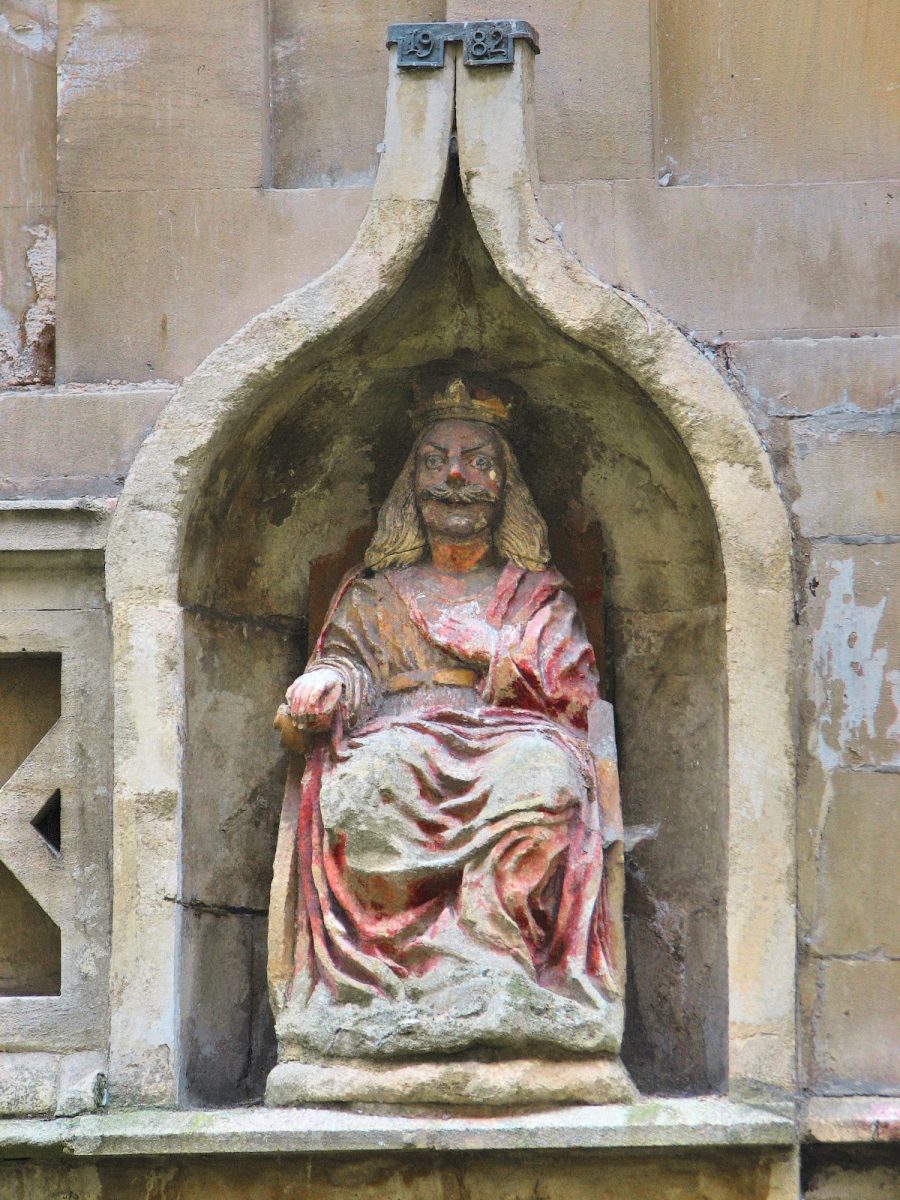

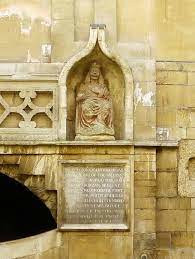
The legend of Bladud, a Prince of Ancient Britain in the 9th Century BC, tells how he was banished from his father’s court because he had leprosy and was forced to work as a swineherd in the west country, just where Bath is today. Noticing that when his pigs rolled in mud their skin afflictions were much improved, he tried it himself. Result: he was cured. When he became king, he encouraged his subjects to use the springs, assuring them of their amazing healing properties. Bath still remembers Bladud: there are statues of him at the King’s Bath and in Parade Gardens. And occasionally in Bath, you will see a piece of porcine artwork, a reference to his story.
bath becomes a spa town
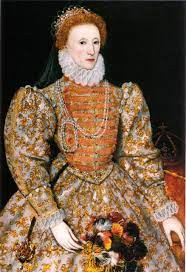
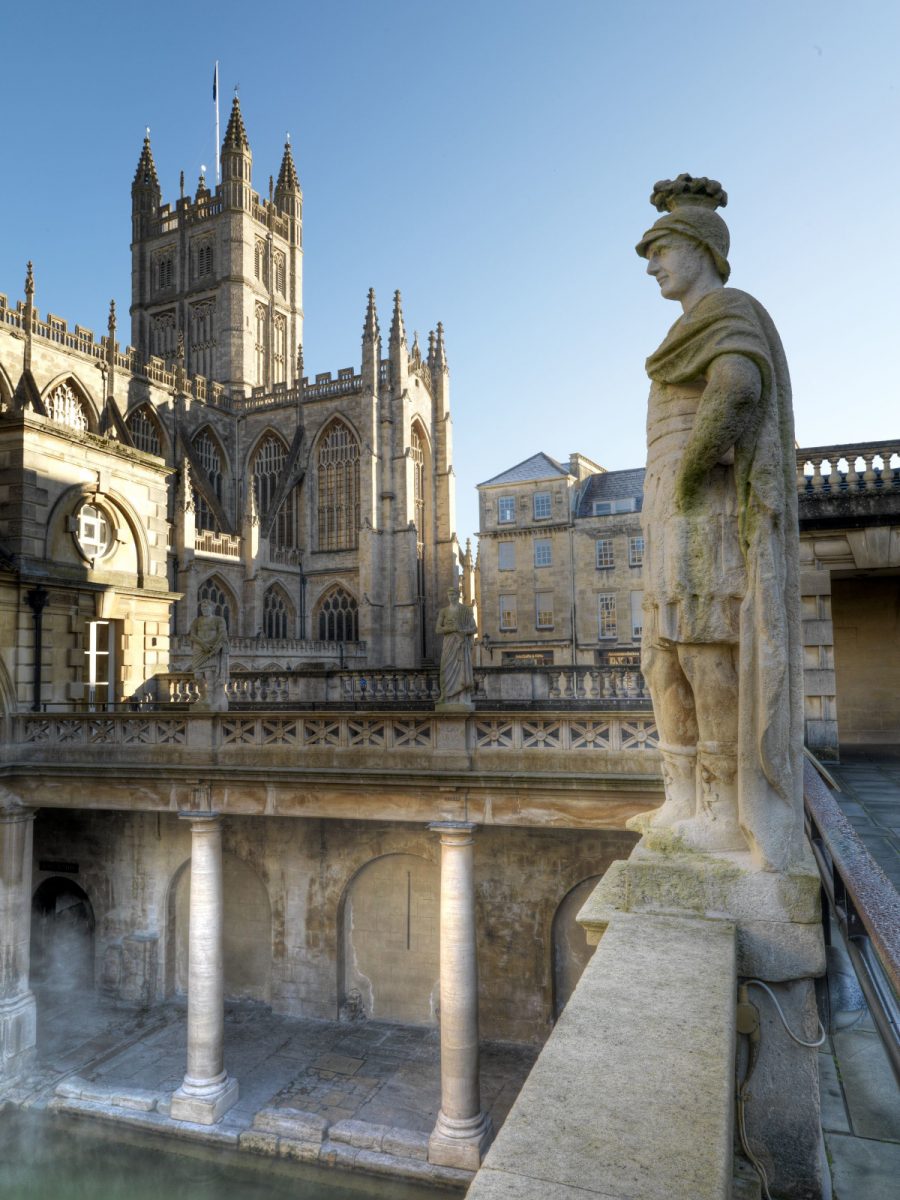

As early as 1189, the author of a book called Divine Wisdom praised the waters of Bath: ‘for haply there, the frail grow vigorous, the weakling strong and there the aged man once more grows young’. Monks in medieval Bath offered treatments to the poor and sick, although ungrateful citizens sometimes pelted them with rats and rotten fruit for their troubles. One 16th century author accepted that the waters were a great help to those with ‘scabbes and aches’, but he questioned their cleanliness, complaining that the ‘water rikth like a seething potte … with a sulphurous and somewhat unpleasant savor’ A contemporary suggested there should be separate baths for women, those with highly infectious diseases and ….. horses.
The baths were cleaned up for the visit of Queen Elizabeth I in 1574 and by the 17th century, royalty were regular visitors. Charles II brought his wife Catherine of Braganza, in the hope of a cure for infertility, but without success. But his daughter-in-law, Mary of Modena was more fortunate, conceiving a son after her visit to Bath. By the early 18th century, it was fashionable to spend a season in Bath to drink the waters, visit the baths and have various treatments. The social side – balls, walks, theatre trips and carriage outings – was described by Jane Austen. By 1840, the fashionable set were moving to resorts like Brighton where sea-bathing was an added attraction.
There is more on the podcast on the history on taking the waters in Bath in the 19th and 20th centuries.
‘taking the waters’
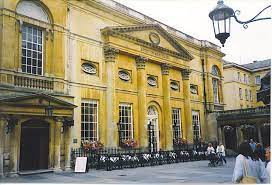
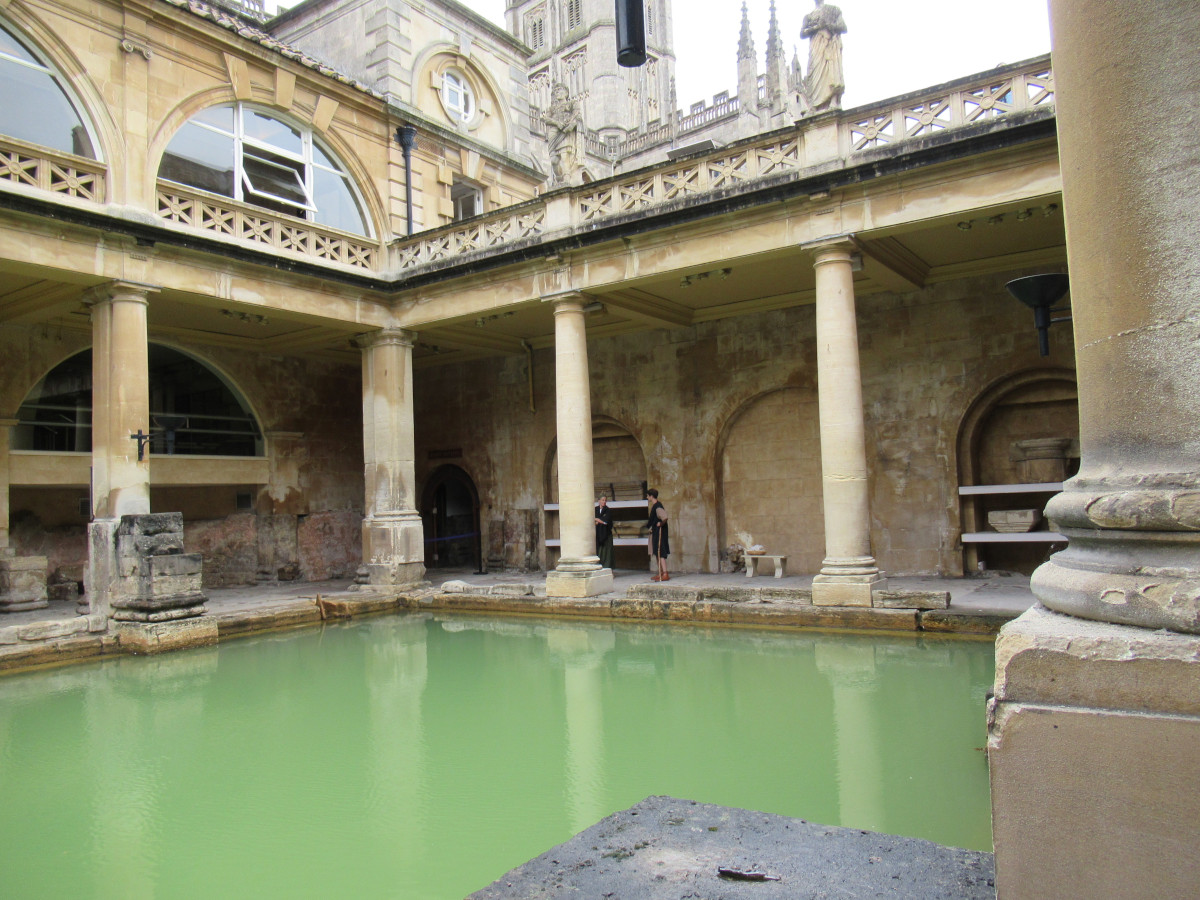
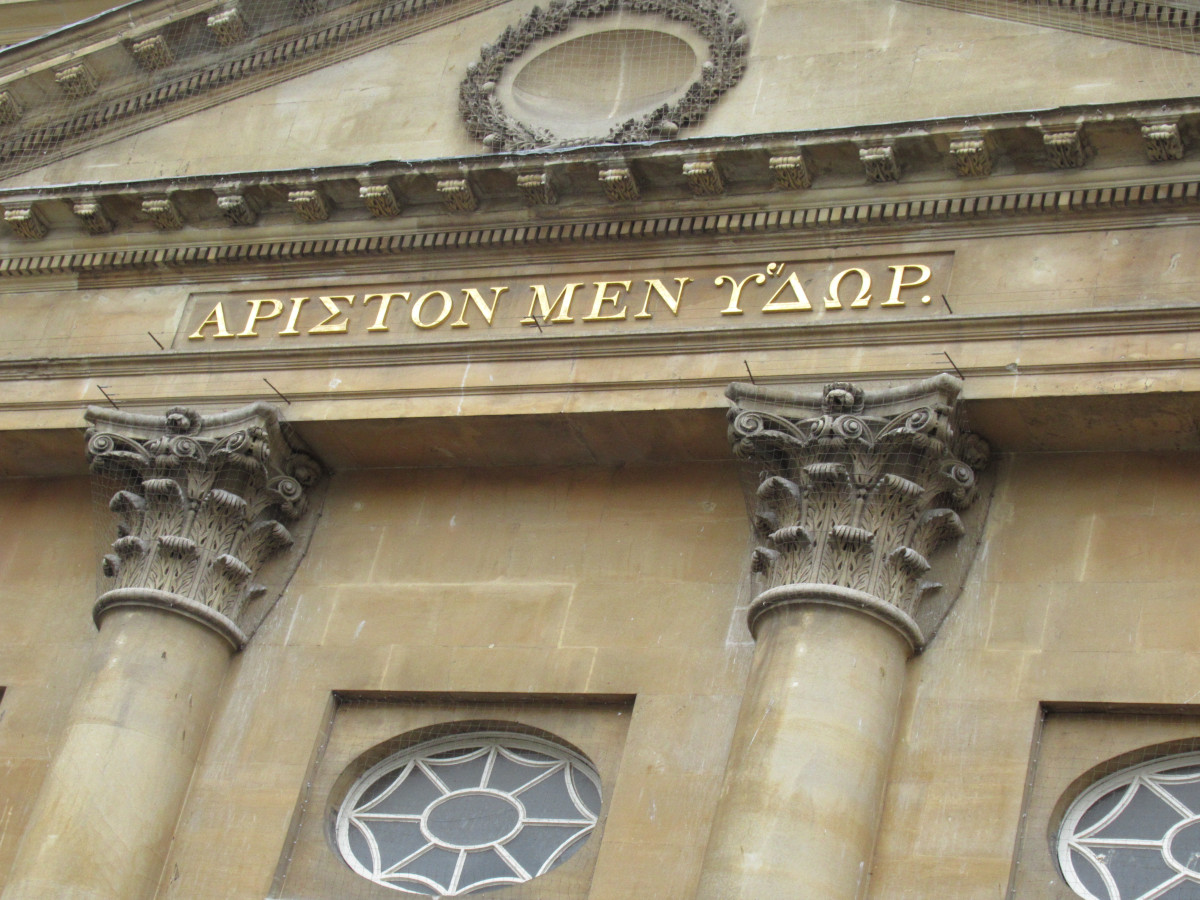
A Bath Guide, published in the year 1800, advised visitors to the Pump Room to fast from 6.00 to 10.00 am, before drinking the water. Some, it noted, drank up to four pints a day. Sam Weller, in Pickwick Papers found the taste ‘partickerly unpleasant ….. with a very strong flavour of warm flatirons.’ The author H M Bateman, writing in the 1930s, felt it was ‘pleasant and soothing for the aged, or delicate … to enter this impeccable Pump Room, receive the daily quota of water from the hands of a purple-clad damsel, and to sip it, sitting meanwhile upon a Sheraton settee, perusing the current illustrated journals.’ Today, there is a restaurant in the Pump Rooms.
There was always a medical element to partaking of Bath’s spring water. As early as 1687, Celia Fiennes, saw an early ‘Bath Chaire’, describing it being used ‘to carry ye better sort of people in visits or if sick and infirme.’ Over the centuries, people were aware that the mineral-rich waters were beneficial for skin diseases and for arthritic limbs. But there were also some disappointments, summed up by the elderly Lord Chesterfield in 1757. He’d hoped to cure his deafness, but wrote ‘I have tried these waters in every possible way, seeking a cure I have bathed my head; pumped it; introduced the steam and sometimes drops of water into my ears, but all in vain.’
The foundation stone of the Royal Mineral Waters Hospital was laid In 1738 with the charitable aim of ‘providing access to treatment in the thermal water of Bath for the sick and the poor from Britain and Ireland’. It was unique, in that it welcomed patients on the basis of need, not ability to pay. The physician Dr William Oliver, himself a gout sufferer, worked there and said it was his ‘happy experience that Bath’s warm water could relive this illness and even cure it, with correct supervision’. He prescribed a recipe of his own invention, the Bath Oliver biscuit, as a healthier alternative to Bath buns. There is still a Royal National Hospital for Rheumatic Diseases in Bath today.
bath, a 21st century spa town

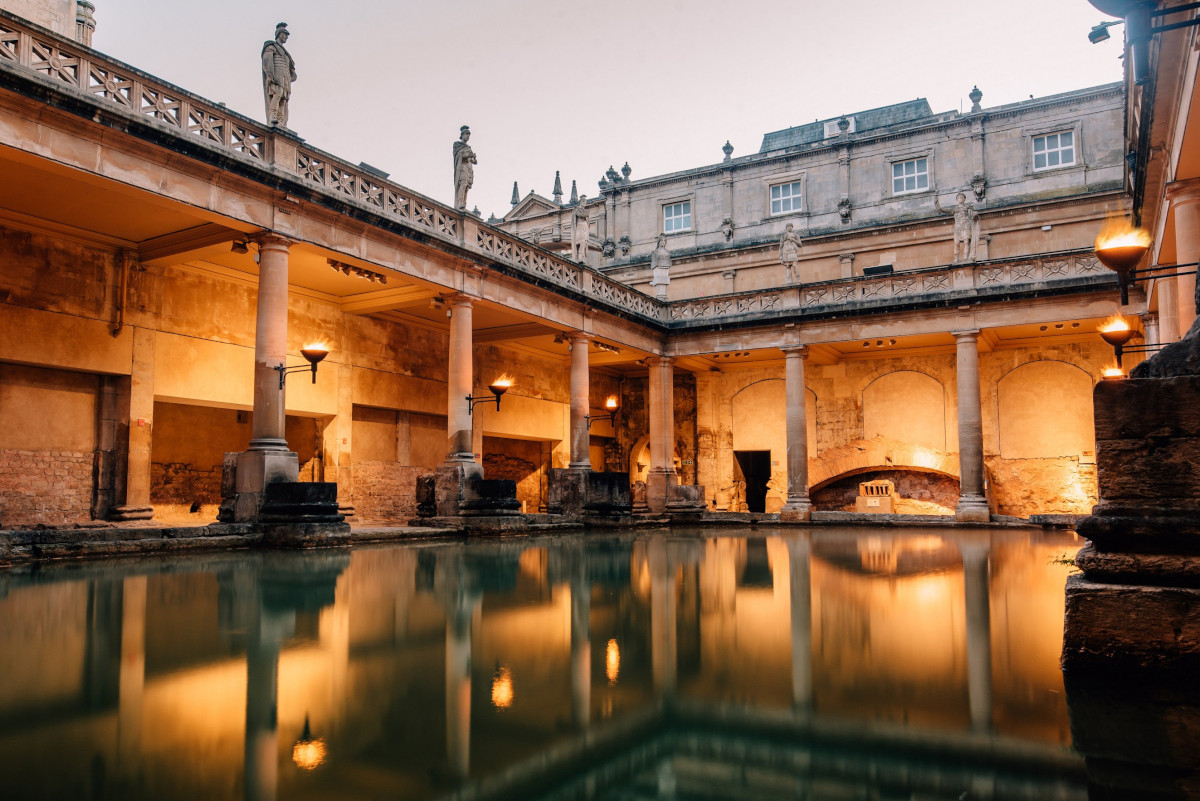

Bath, a 21st Century Spa Town
The spa centre, Thermae Bath Spa, opened in 2006, a city centre project in a historic building of Bath stone with added contemporary designs in glass and steel. In the Minerva Bath, named after the ancient Roman goddess, you can enjoy massage jets and a whirlpool and the Wellness Suite offers a whole range of treatments in rooms devoted to aroma steam and infra-red treatments, an ice chamber and a celestial relaxation room. In the open air roof-top pool, you can swim in the natural mineral-rich waters, just as the Romans did 2000 years ago, and enjoy the views out to the hills surrounding the city.
Listen to the Podcast
Reading suggestions
A Traveller’s History of Bath by Richard and Sheila Tames
Voices of 18th Century Bath Edited by Trevor Fawcett
Northanger Abbey by Jane Austen
Persuasion by Jane Austen
links for this post
The Roman Baths
The Pump Room (now a restaurant)
Thermae Bath Spa
Previous Episode Bath Abbey and Medieval Times
Next Episode Discovering Bath’s Georgian Architecture





